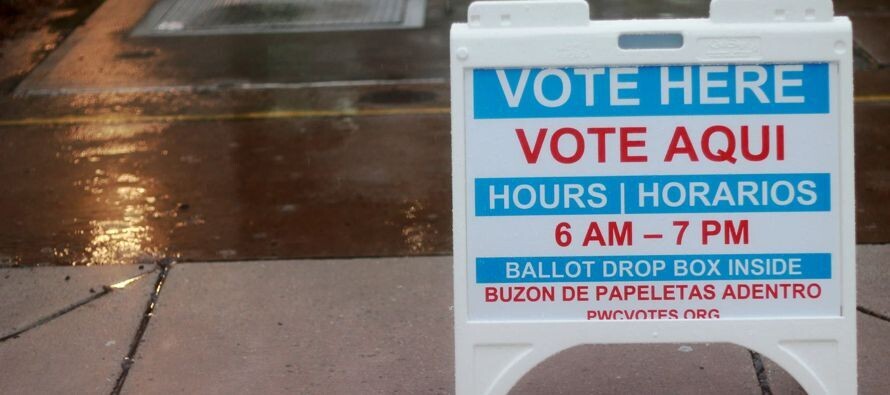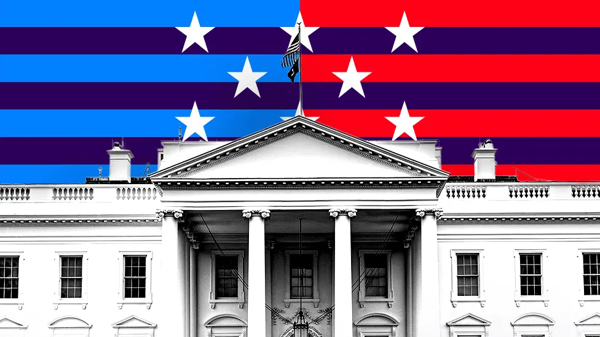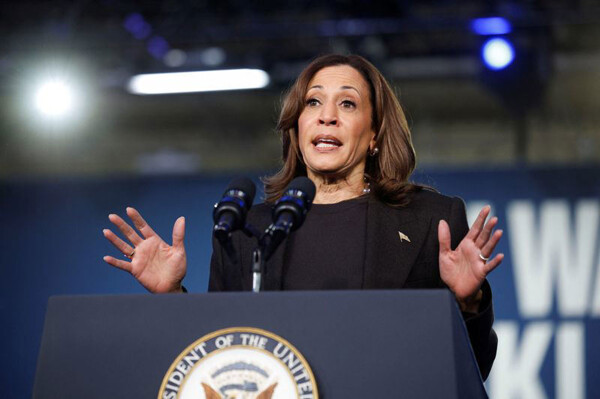
About 33 million Americans have voted early before the official date of November 5. These votes are split between 17.8 million by mail and 15 million in person in states where it is already allowed. According to the Election Lab at the University of Florida, Texas, Florida, and California have been the states with the most early votes, each exceeding 3 million; while Georgia and North Carolina have surpassed 2 million. Some states, like New York, have not yet opened the possibility of early voting, which explains the disparity in figures, as in some places fewer than 100,000 people have voted.
According to the collected data, the number of early votes in this election exceeds any previous election. So far, there are more registered voters as Democrats (41%) than as Republicans (35%), but 23% of voters are not registered with a party affiliation. By age groups, those over 65 represent 45% of early votes, while young people aged 18 to 25 only account for 5.8%. In terms of gender, women have voted more than men, representing 54% compared to 43%.
In racial terms, 66% of early voters are "non-Hispanic whites," followed by "non-Hispanic blacks" at 22%, and Hispanics only represent 2% nationwide. Data collected by CNN shows that in four of the seven key states for this election, Republicans have been mobilizing their voters more strongly than in 2020 in advance. In Arizona, North Carolina, and Nevada, Republican voter mobilization has increased by five to nine points compared to the previous year, while in Pennsylvania, it has risen by ten points, although it remains below 60% of Democratic voters.
With 32.9 million early votes, despite having 12 days left until the election, a high percentage of participation is seen, considering that of the 244 million adult Americans, only those who have registered vote. In 2020, there were about 168 million voters, and this year that number is expected to increase to approximately 180 million.














